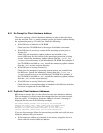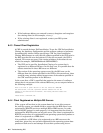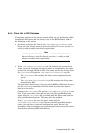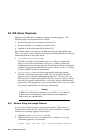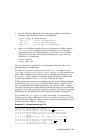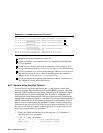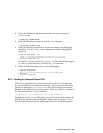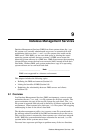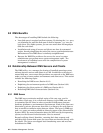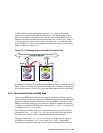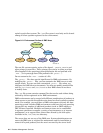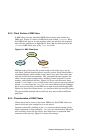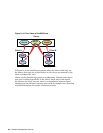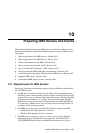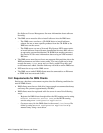
9
Dataless Management Services
Dataless Management Services (DMS) lets client systems share the /usr
file system on a centrally administered server over a network while still
maintaining their own root (/) and /var file systems that reside on the
DMS server. With DMS, you can save disk space by sharing the actual
operating system software between systems. A DMS server stores the
operating system software in a DMS area. DMS clients access the operating
system software across the local area network (LAN) instead of from their
local disks. Without DMS, each system maintains a copy of its operating
system software on its own local hard disk.
______________________ Note _______________________
DMS is not supported in a clusters environment.
This chapter includes the following topics:
• Defining the DMS environment (Section 9.1)
• Listing the benefits of DMS (Section 9.2)
• Explaining the relationship between DMS servers and clients
(Section 9.3)
9.1 Overview
In a Dataless Management Services (DMS) environment, a server system
maintains the root, /usr, and /var file systems for all client systems. The
server maintains one copy of the root file system for each client. The /usr
file system is exported read only and is shared by all clients registered to the
environment. Client systems have their own /var file system. All swapping
and dumping is done on the client’s local disk.
The dataless management utility (dmu) creates a root file system based on
the software subsets installed in the DMS environment area on the server.
This root file system is accessed by client systems over a local area network
(LAN). DMS lets system administrators customize the root and /usr file
systems before client systems access them.
You must have superuser privileges to perform many of the dmu functions.
Dataless Management Services 9–1



